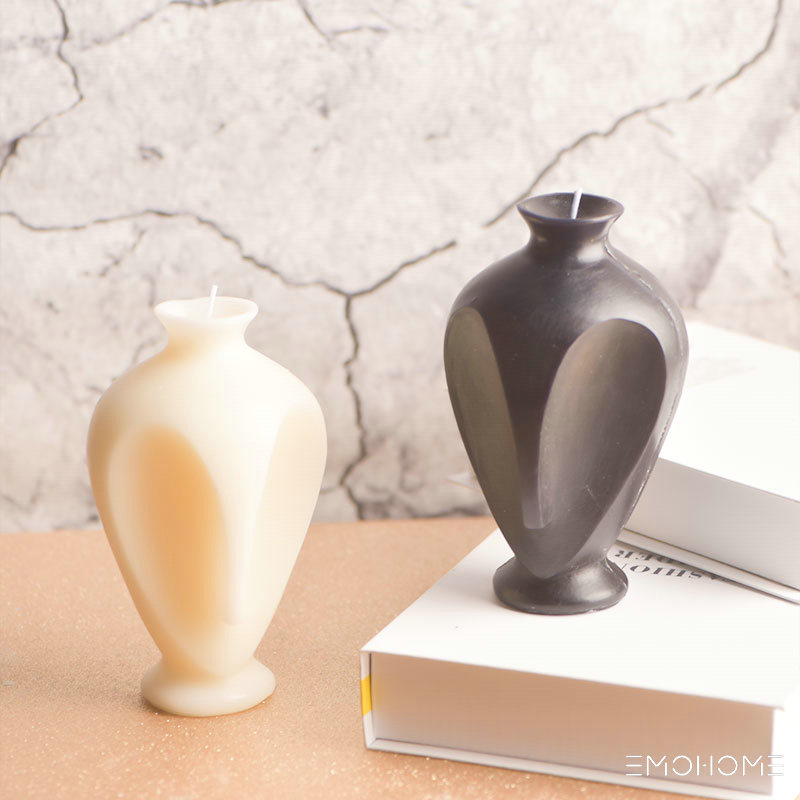Talking about the principle of candles
The candle burning we see is not the burning of paraffi […]
The candle burning we see is not the burning of paraffin solids, but the ignition device ignites the cotton wick, and the heat released makes the paraffin solids melt, re-vaporize, and generate paraffin vapor, which is flammable.
When the candle is lit, the flame that burns is small and gradually becomes larger, and the flame is divided into three layers (outer flame, inner flame, and flame core). The flame core is mainly candle vapor, the temperature is low, the inner flame paraffin is not fully burned, and the temperature is higher than that of the flame core, because there are some carbon particles, the outer flame is in full contact with the air, the flame is the brightest, the combustion is sufficient, and the temperature is the highest. A matchstick is quickly flattened into the flame and taken out after about 1 second. The part of the matchstick that touches the outer flame first turns black.

At the moment when the candle is blown out, a wisp of white smoke can be seen. Lighting this wisp of white smoke with a burning match can make the candle reignite. Therefore, it can be proved that the white smoke emitted is a solid produced by the freezing and solidification of paraffin vapor. tiny particles.
When a candle burns, the products of combustion are carbon dioxide and water. Chemical expression: C25H52+O2→(ignite) CO2+H2O. The phenomenon of burning in the oxygen bottle is that the flame emits bright white light, emits heat, and there is water mist on the bottle wall.
Simple proof experiment:
Light the candle, cover the top of the candle with a cold and dry beaker for 5 minutes, then invert the beaker quickly, and find that the inner wall of the beaker becomes blurred and water droplets are formed, indicating that the candle burns to generate water.

 ENG
ENG  España
España русский
русский